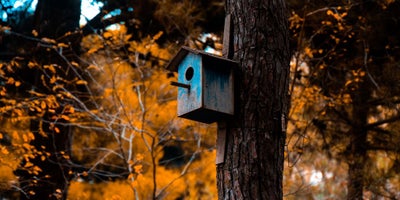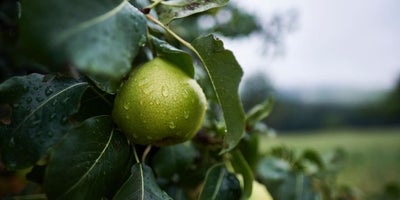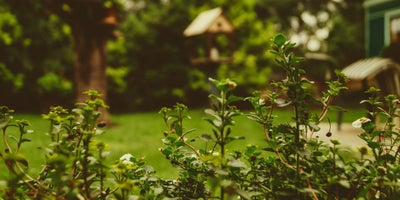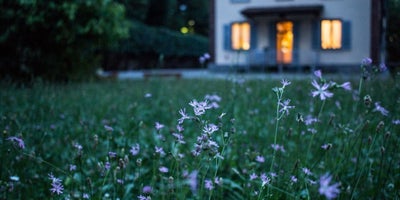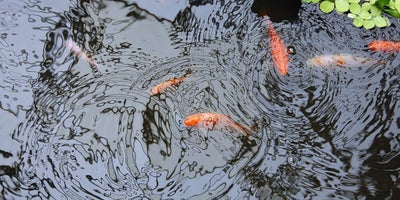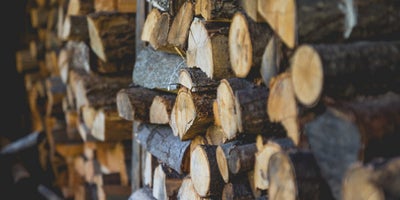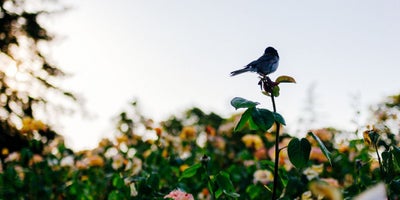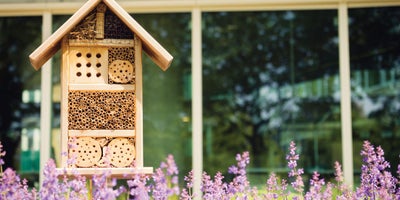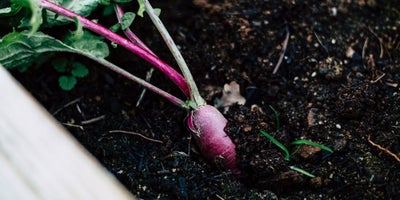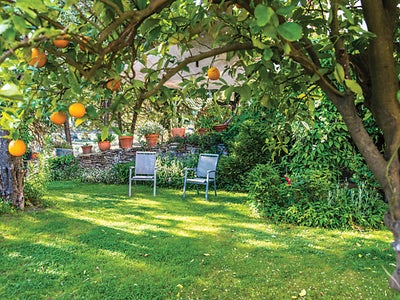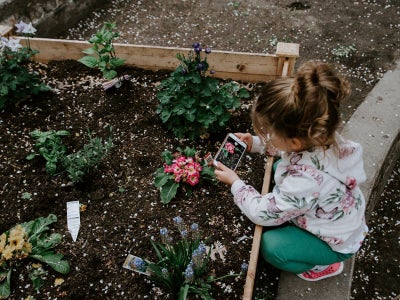Ten Ways To Attract Wildlife To Your Garden
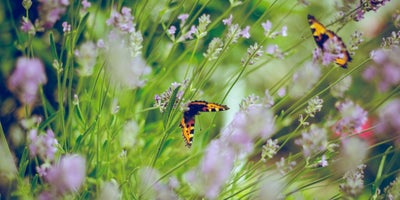
Whether you have space to plan a wildlife haven, a patio for container gardening or you’re working with a window box, there are many ways to plant, grow and attract wildlife to your garden. Not only can a well-planned garden offer food and shelter to a wealth of birds, bugs, insects and mammals, the more habitats you add to your garden, the more wildlife you will invite.
Here are our top 10 ways to attract all manner of creatures, from seeding and growing wildlife friendly plants to encouraging nesting and introducing new habitats to your outdoor areas.
